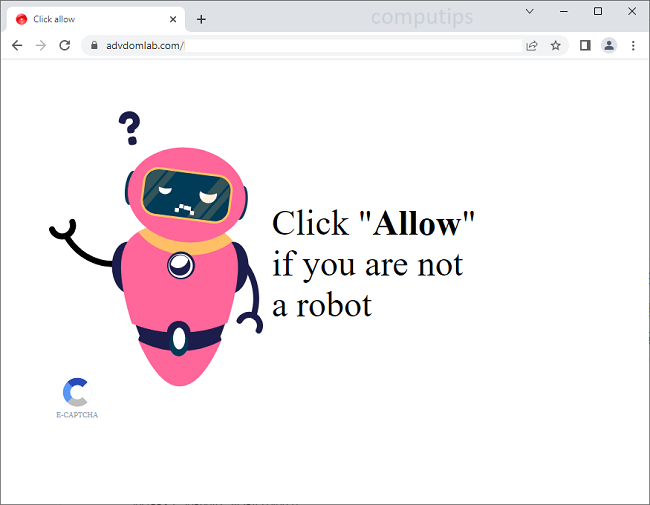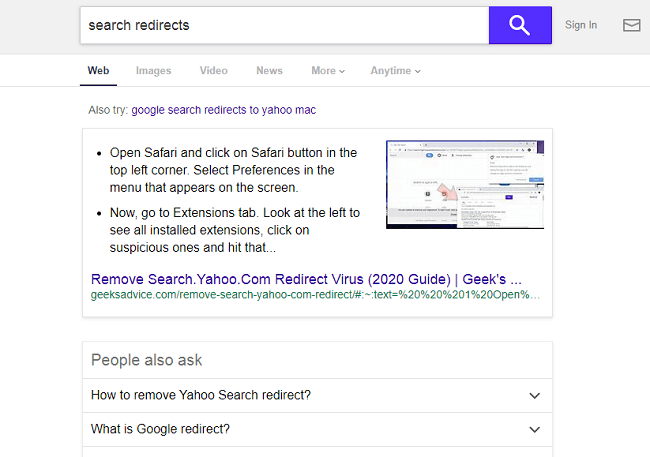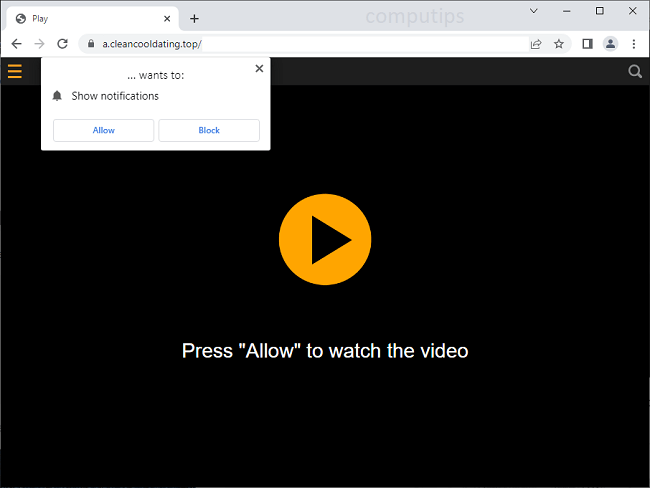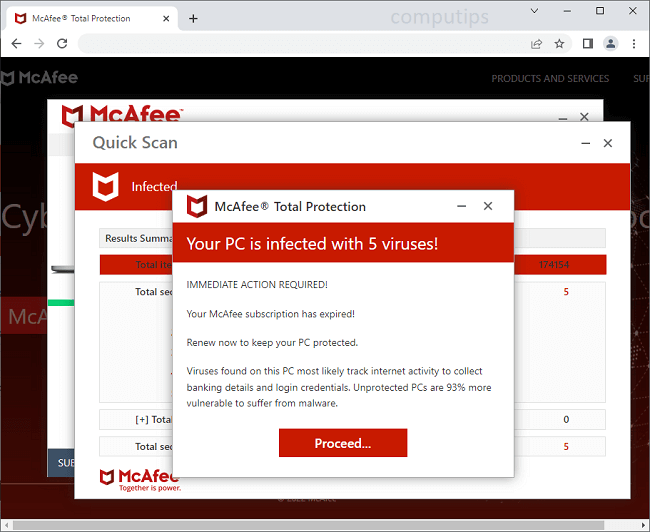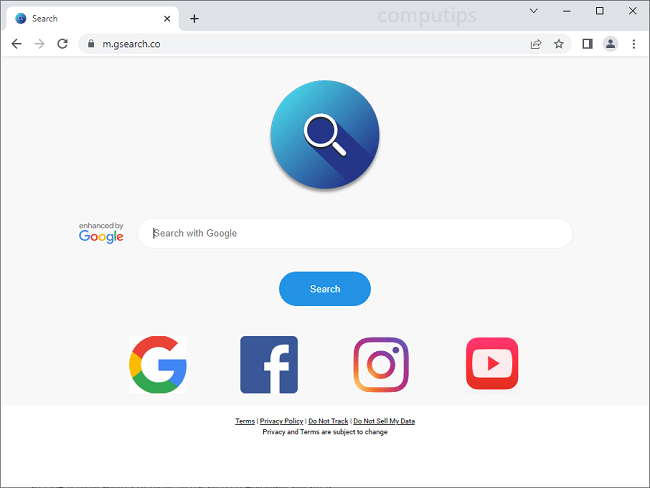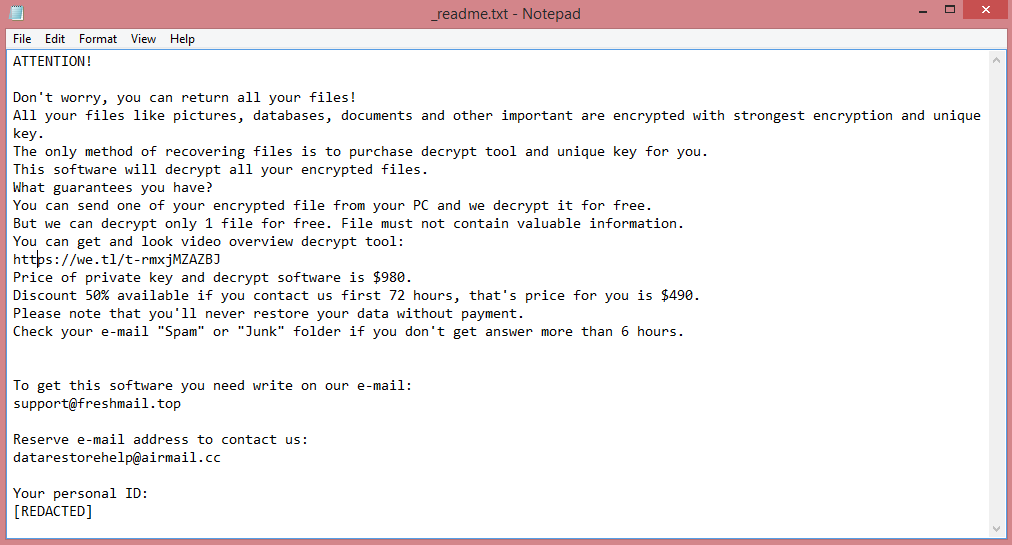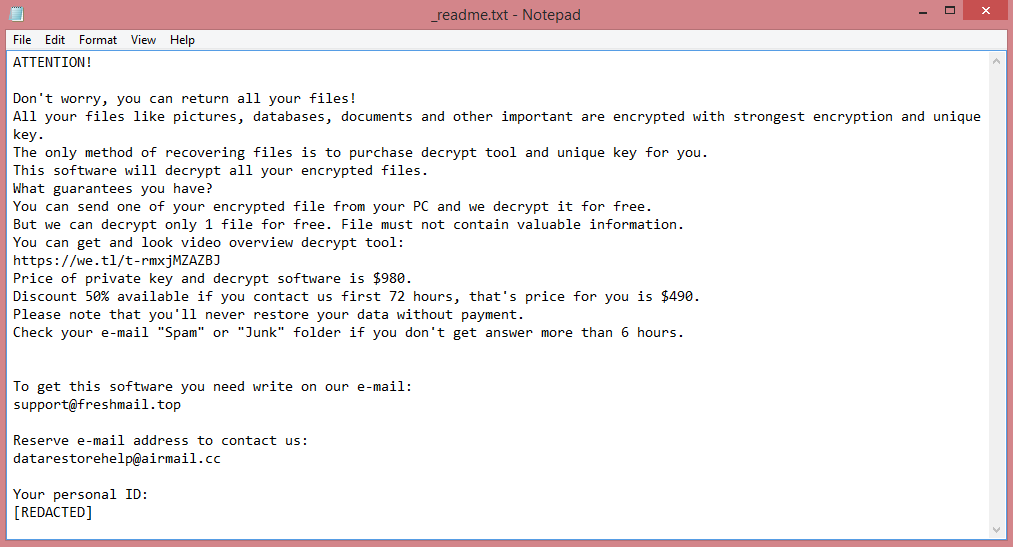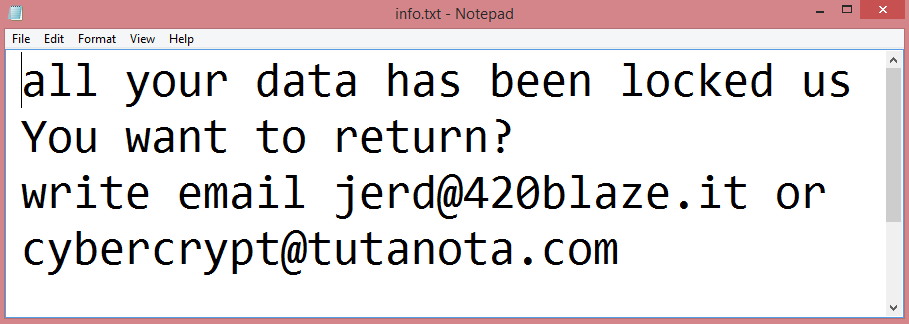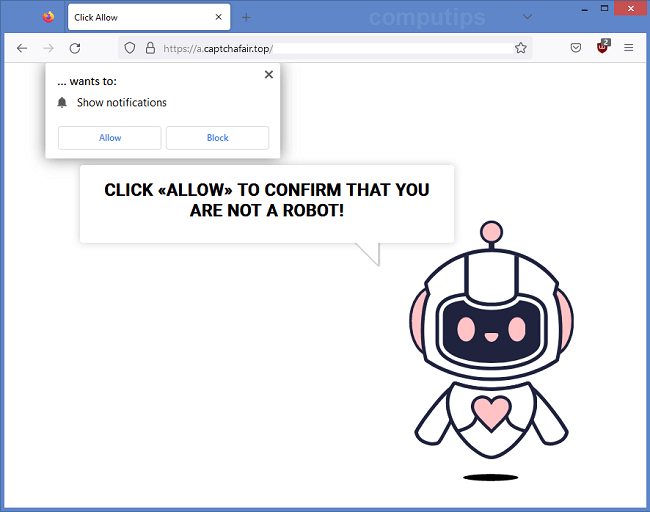What is CY3 ransomware?
CY3 is a ransomware program; this means it’s a virus that is designed to make money via ransom. It belongs to the Dharma family of ransomware. Other examples of Dharma viruses include HBM and RPC. As you can see, many Dharma viruses have three-character names, but there are exceptions too, like Cyberpunk ransomware.
But let’s focus on CY3 specifically. It operates in a rather simple fashion. First, it will encrypt the files on the victim’s machine. Second, it will rename them for visibility purposes, adding some information as well as .CY3 file extension to the names. Third, it will create a ransom note, “info.txt”, which you can read on the image above, and display another ransom note as a pop-up.
The notes do not offer much information, though the pop-up mentions that the hackers want to be paid in Bitcoin. Given that you don’t know how much money they want, you might be tempted to contact them, simply to learn it if nothing else. But, doing so is not without risk: anyone who replies to them might be targeted again in the future.
There are some ways to remove CY3 ransomware and decrypt .CY3 files without contacting the hacker at all. Learn about them in the guide below.
